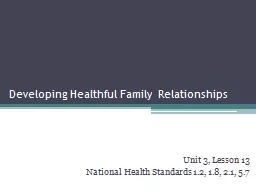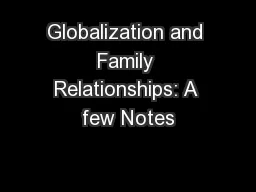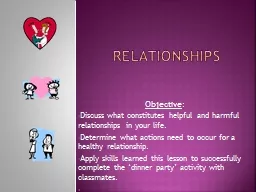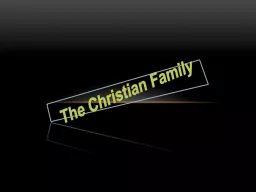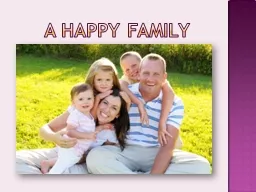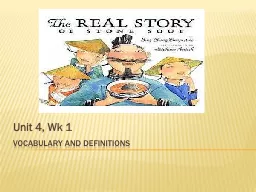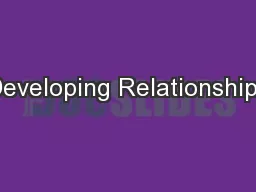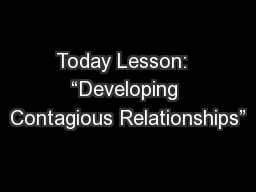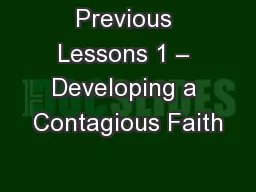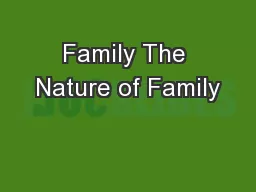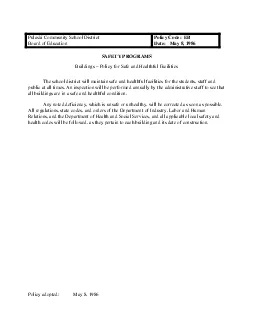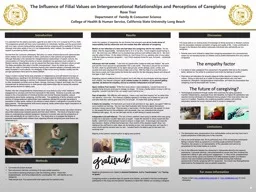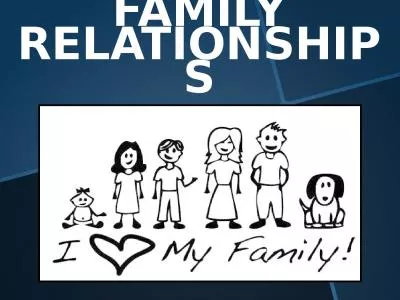PPT-Developing Healthful Family Relationships
Author : alexa-scheidler | Published Date : 2016-07-10
Unit 3 Lesson 13 National Health Standards 12 18 21 57 Family Relationships Family Basic unit of society Group of people to which we belong Extended Family members
Presentation Embed Code
Download Presentation
Download Presentation The PPT/PDF document "Developing Healthful Family Relationship..." is the property of its rightful owner. Permission is granted to download and print the materials on this website for personal, non-commercial use only, and to display it on your personal computer provided you do not modify the materials and that you retain all copyright notices contained in the materials. By downloading content from our website, you accept the terms of this agreement.
Developing Healthful Family Relationships: Transcript
Download Rules Of Document
"Developing Healthful Family Relationships"The content belongs to its owner. You may download and print it for personal use, without modification, and keep all copyright notices. By downloading, you agree to these terms.
Related Documents

